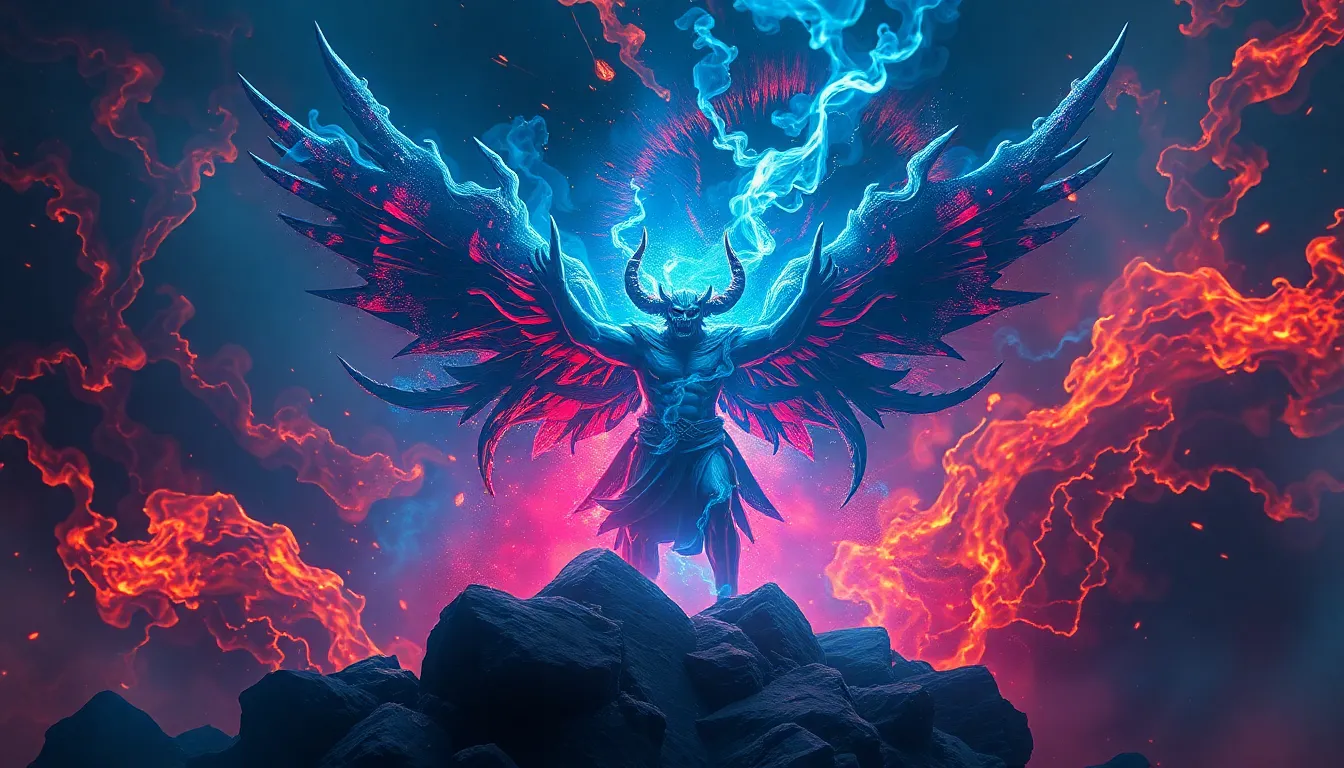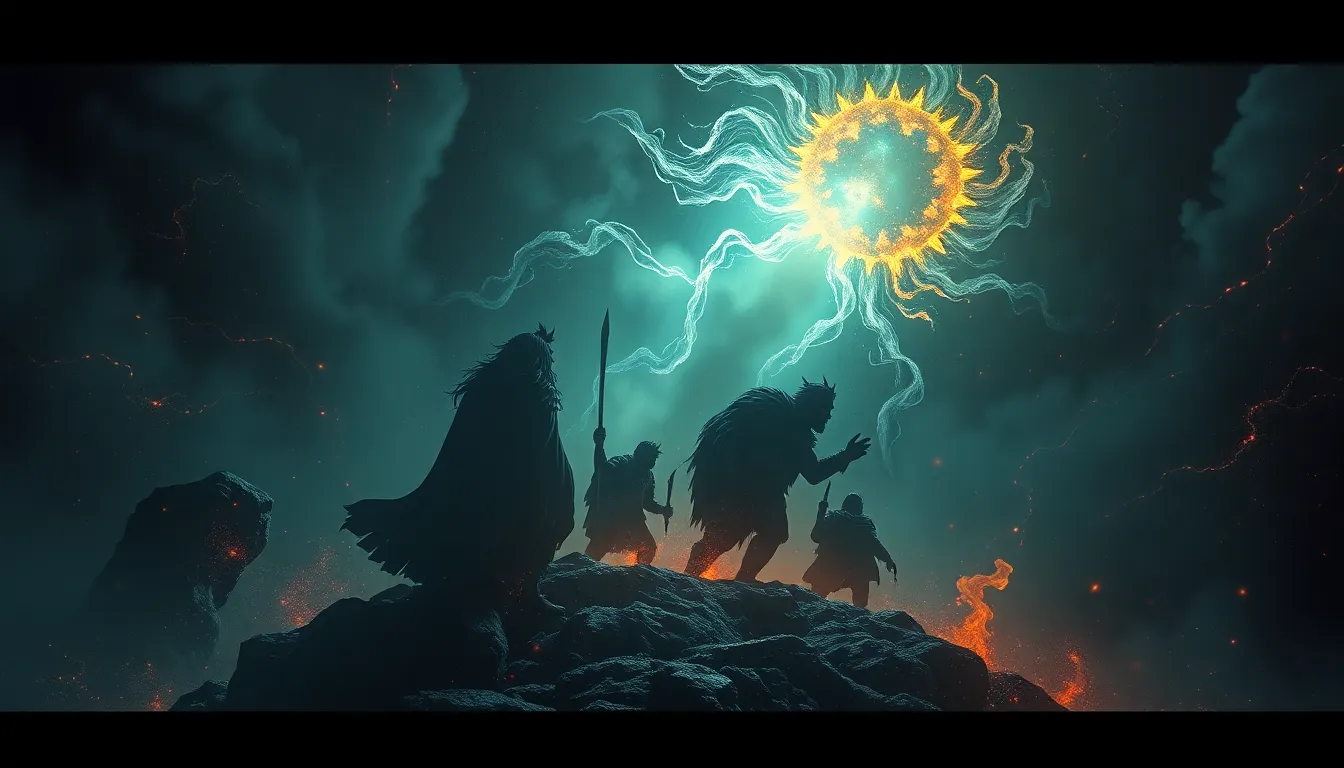The Power of Myth: Transformations That Challenge Our Reality
I. Introduction to Myth and Reality
Myths have been an integral part of human culture and history, serving as a means to explain the unexplainable and to convey moral lessons. A myth can be defined as a traditional story, typically involving supernatural beings or events, that conveys a moral or spiritual truth. Myths are not merely fanciful tales; they reflect the values, beliefs, and norms of the societies from which they originate. They shape our perceptions of reality, guiding our understanding of ourselves and the world around us.
The purpose of this article is to explore how transformative myths challenge our reality, influence our lives, and provide insights into our collective psyche.
II. The Historical Role of Myth in Societies
Throughout history, myths have played a pivotal role in shaping civilizations. In ancient Greece, for instance, myths explained natural phenomena and human behavior through the narratives of gods and heroes. Similarly, Egyptian myths offered insights into the afterlife and moral conduct, while Mesopotamian myths contributed to societal structure and law.
- Myths in Ancient Civilizations: Each culture utilized myths to address existential questions and societal needs.
- The Evolution of Myths: As societies evolved, so did their myths, adapting to changing values and beliefs.
- Shaping Morals and Social Norms: Myths established guidelines for behavior, influencing ethics and social expectations.
III. Archetypes and Their Psychological Impact
Psychologist Carl Jung introduced the concept of archetypes, which are universal symbols and themes found in myths across cultures. These archetypes resonate deeply within the human psyche, influencing our behavior and personal identities.
The hero’s journey, a narrative structure identified by Joseph Campbell, exemplifies this concept. It outlines a protagonist’s journey through challenges and transformation, reflecting the universal quest for meaning and growth.
- Resonance with Personal Identity: Archetypes help individuals understand their roles in the larger story of humanity.
- Collective Consciousness: Shared myths create a sense of belonging and connection among people.
IV. Myth as a Tool for Transformation
Myths are powerful tools for personal development and self-discovery. They provide frameworks for understanding life’s challenges and inspire individuals to pursue their own transformative journeys.
- Case Studies: Many cultures have rich narratives that exemplify transformation, such as the Native American stories of vision quests.
- Therapeutic Use of Myth: In psychology and counseling, myths can facilitate healing and self-exploration.
V. Modern Myths in Popular Culture
In contemporary society, myths continue to evolve and manifest in popular culture. Films, literature, and other media create new narratives that resonate with the public.
- Emergence of Modern Myths: Superheroes, fantasy worlds, and dystopian narratives serve as modern myths that reflect societal fears and aspirations.
- Impact on Social Issues: These stories often address contemporary challenges, such as inequality, environmental crises, and personal identity.
VI. Myths and the Challenge of Reality
Myths have the unique ability to confront societal norms and expectations, often inspiring social movements and change. They challenge the status quo and encourage individuals to envision new possibilities.
- Inspirational Myths: Stories such as those of civil rights leaders often draw on mythic themes of justice and equality.
- Real-World Transformations: Myths can motivate people to take action, leading to significant societal changes.
VII. The Intersection of Science and Myth
There exists a complex relationship between scientific discovery and myth-making. While science seeks empirical truths, myths offer alternative perspectives that can enrich our understanding of existence.
- Myth-Making in Science: Scientific theories often begin as speculative narratives that evolve through discovery.
- Alternative Perspectives: Myths can provide insights during environmental and existential crises, reminding us of our interconnectedness with nature.
VIII. The Digital Age: Myths in the Era of Information
The digital age has transformed how myths are created and disseminated. Social media platforms allow for the rapid spread of digital myths, including memes and urban legends.
- Propagation of Digital Myths: Information spreads quickly, leading to the creation of new narratives that can influence public perception.
- Implications for Reality: Digital myths can shape beliefs and attitudes, impacting how society addresses real-world issues.
IX. The Future of Myth in a Changing World
As we move further into the 21st century, myths will continue to evolve alongside society. New challenges will necessitate the creation of fresh narratives that address pressing global issues.
- Predictions for Myth Evolution: Myths may increasingly reflect themes of global unity and sustainability.
- Critical Thinking: Fostering critical thinking will be essential for interpreting and understanding the myths of the future.
X. Conclusion: Embracing the Transformative Power of Myth
In conclusion, myths hold a transformative power that can challenge our perceptions of reality and inspire personal and societal change. By understanding and embracing these narratives, we can navigate the complexities of our lives and foster a deeper connection with ourselves and others. The study of myth is not merely an academic endeavor; it is a journey into the heart of what it means to be human.



